Disease management strategies are very similar for both organic and conventional small fruit production systems in the Midwest. In both systems it is important to develop and use an integrated disease management program that integrates as many disease control methods as possible, the more the better. Major components of the disease management program include: use of specific cultural practices; developing knowledge of the pathogen and disease biology, use of disease resistant cultivars, and timely application of organically approved fungicides or biological control agents or products when needed. These guidelines have been written for caneberries (raspberry and blackberry), strawberry, blueberry and grape. Specific information is provided for each crop in its respective chapter. Most disease control methods or strategies are identical for both conventional and organic production systems. Perhaps the greatest difference between organic and conventional production systems is that organic growers are not permitted to use synthetic “conventional” fungicides. If disease control materials are required in the organic system, growers are limited to the use of “inorganic” fungicides such as sulfur (elemental sulfur and lime-sulfur) or copper fungicides (Bordeaux mixture and fixed copper products). In addition, there are several new “alternative” disease control materials and biological control products that are currently available and are cleared for use in organic production.


Integrated Management of Grape Disease – Ohio State
Created Oct 16, 2025
Author By Double A Vineyards
Category Diseases and Pests
Related Article
Popular Articles
Field Notes
Exclusive Double A Vineyards Information
Berries
Diseases and Pests
Grape Variety Information
Home Growing Grapes And Berries
Miscellaneous
Planting
Rootstocks and Grafted Vines
Training and Pruning
USDA Hardiness Zones
Vineyard & Trellising Supplies
Weed Control
Winemaking Information, Supplies and Juice
Uncategorized
Other Resources


 USDA Plant Hardiness Zone Chart
USDA Plant Hardiness Zone Chart